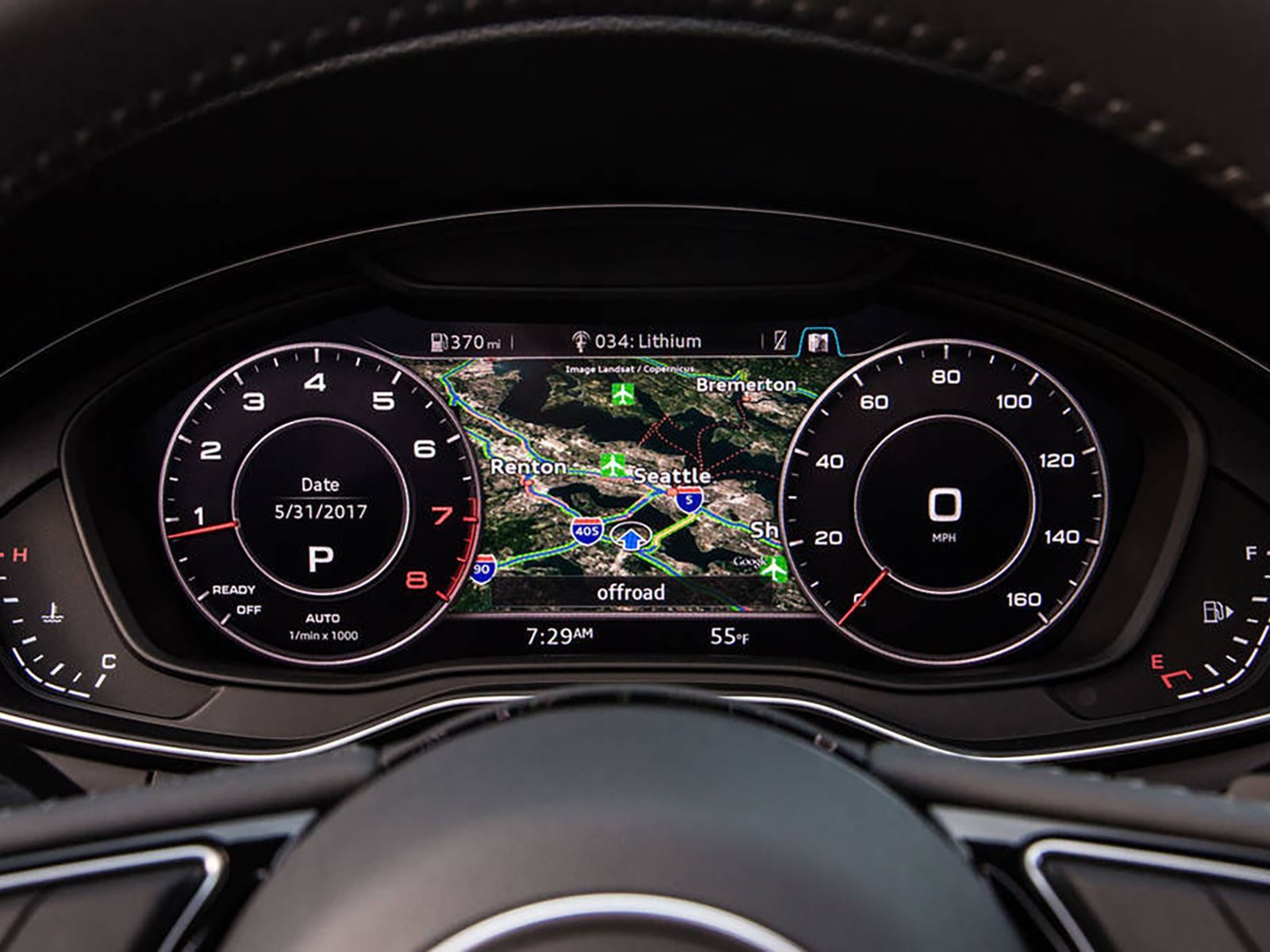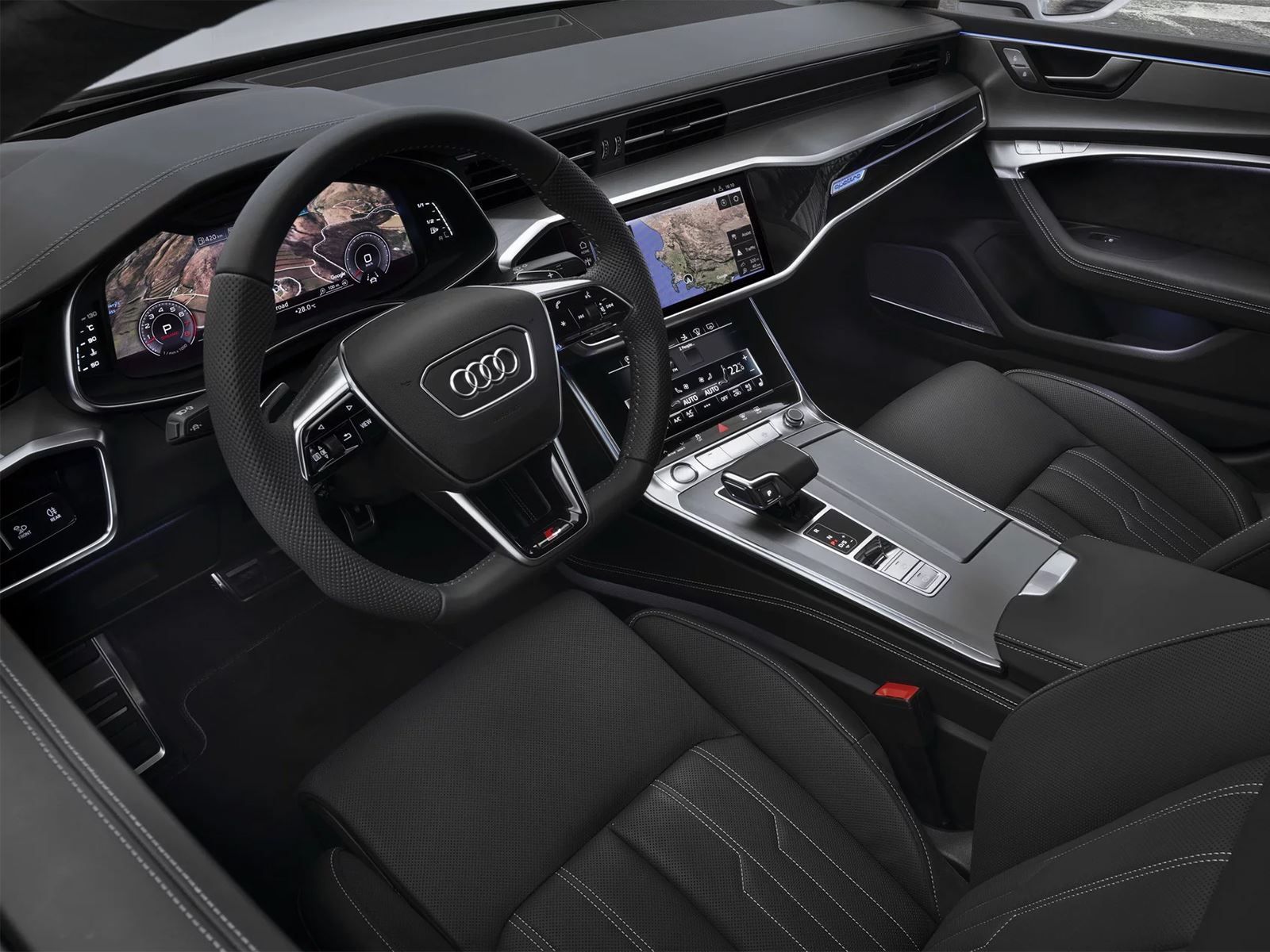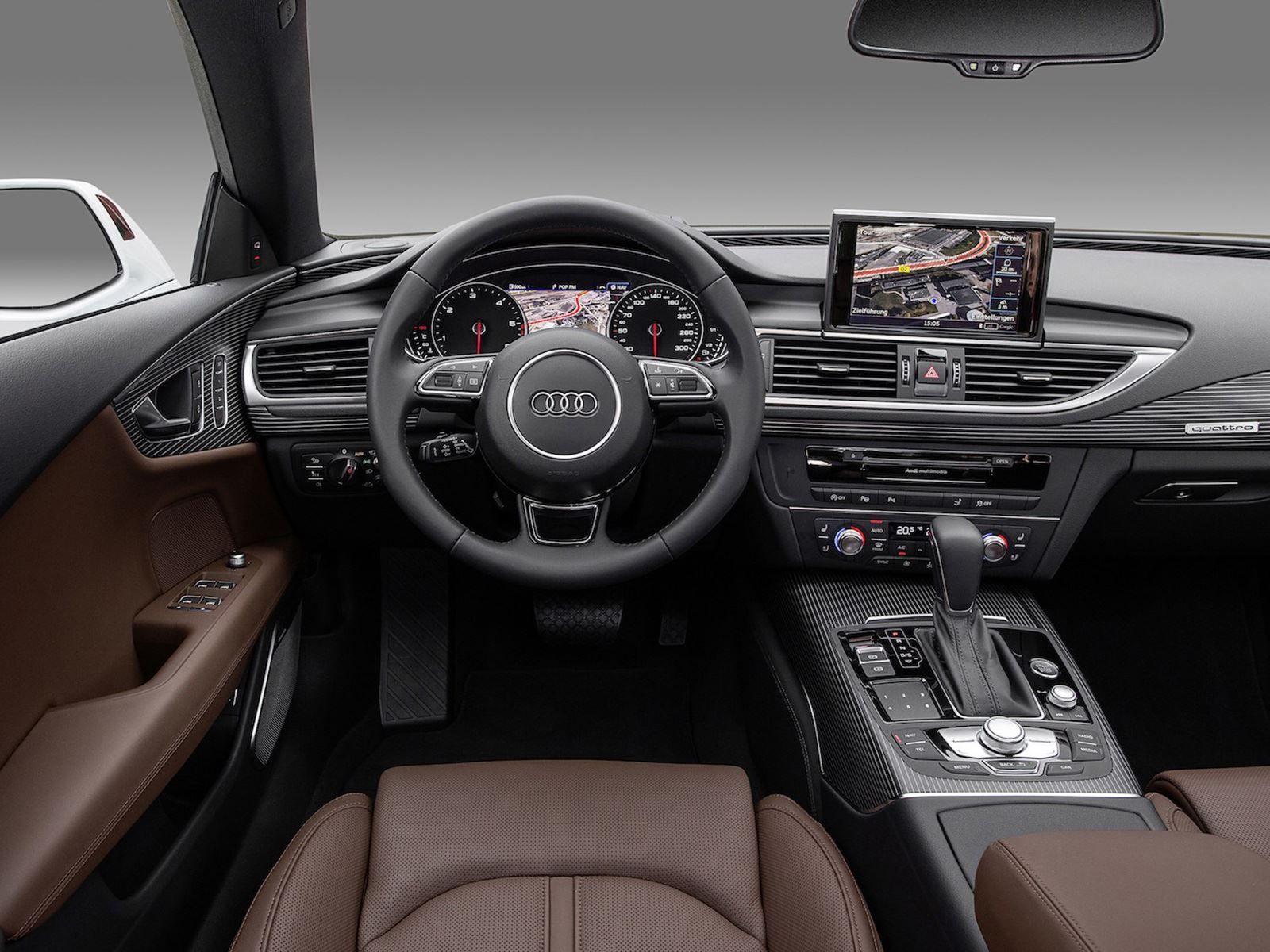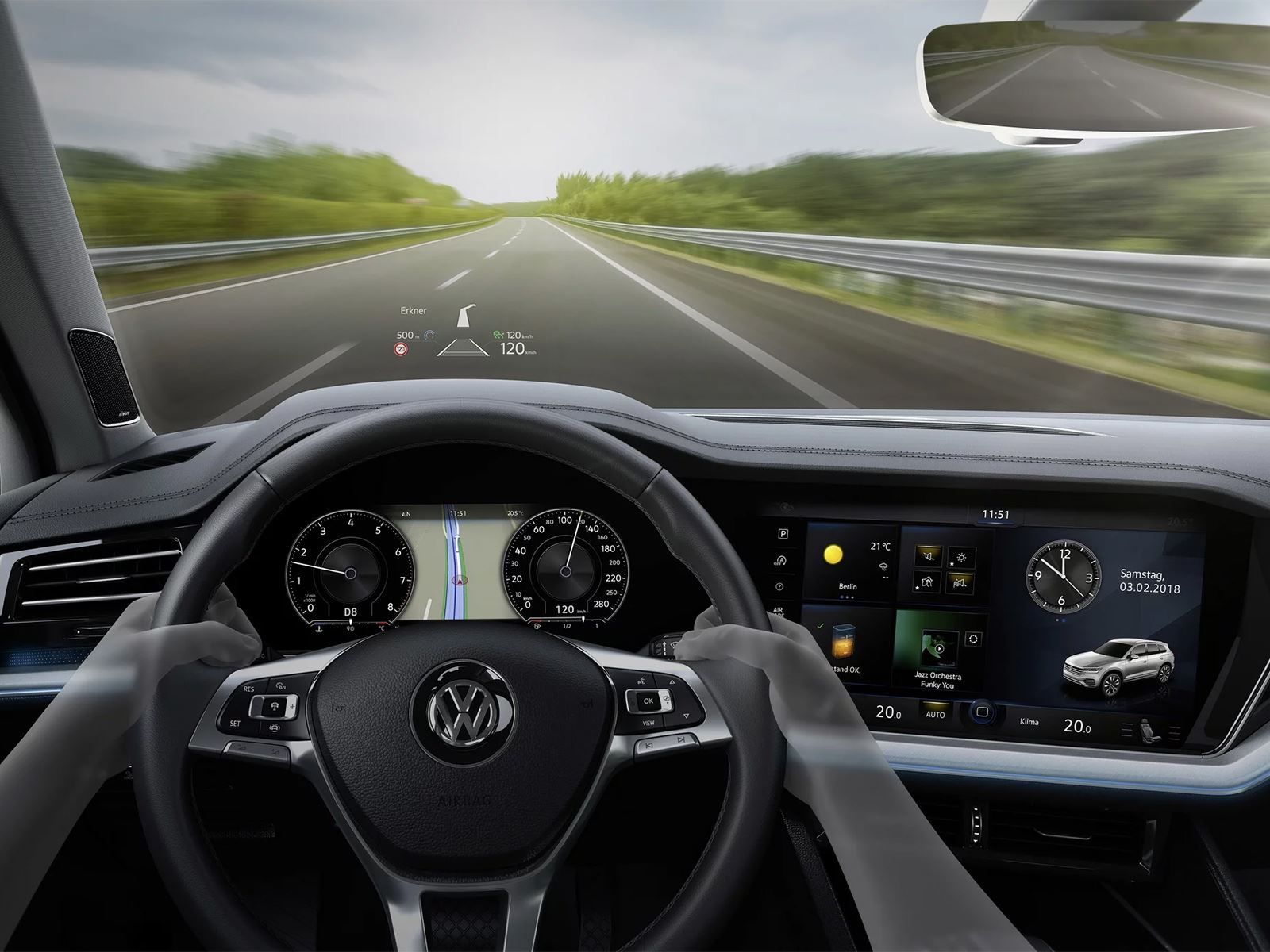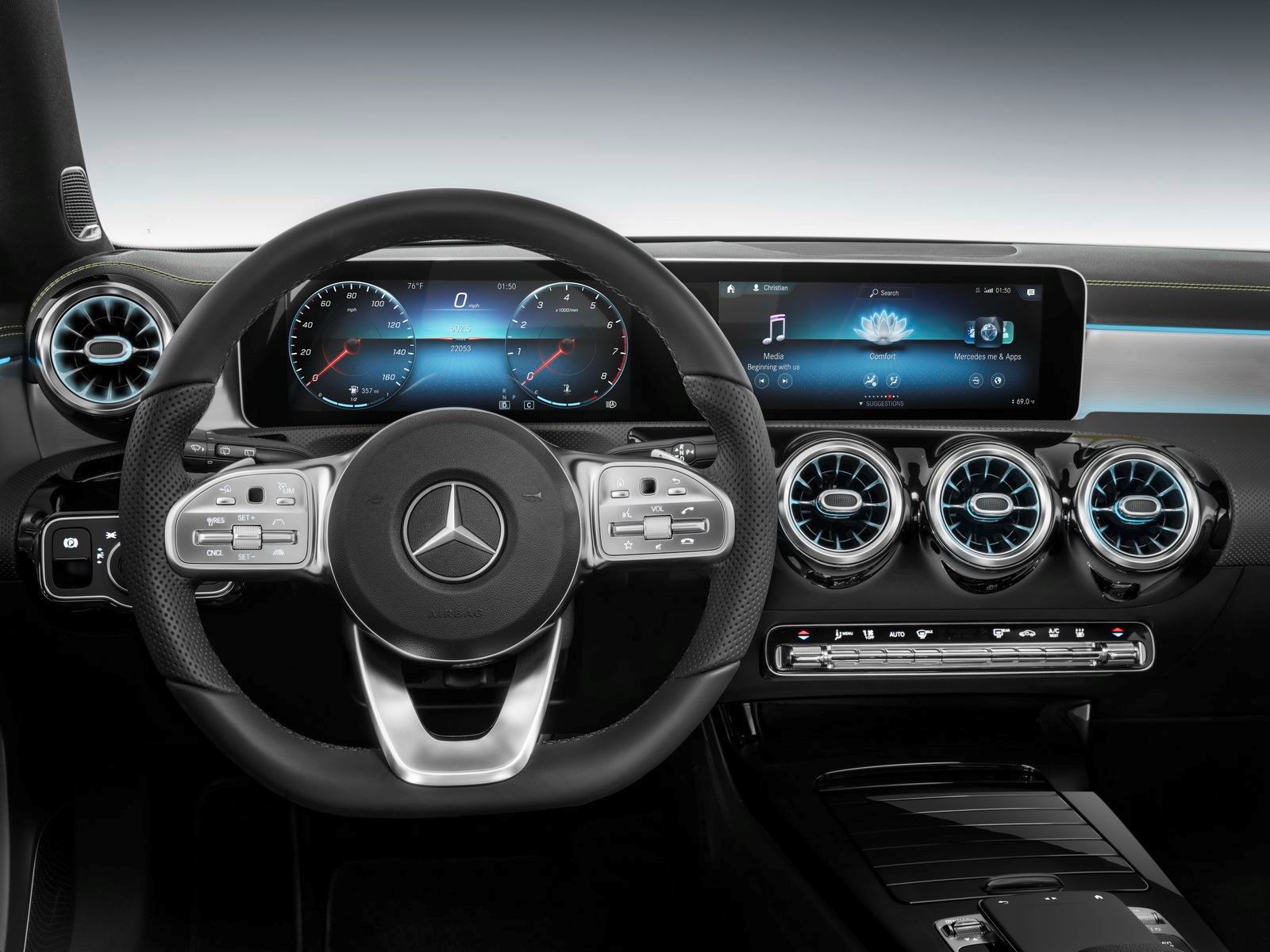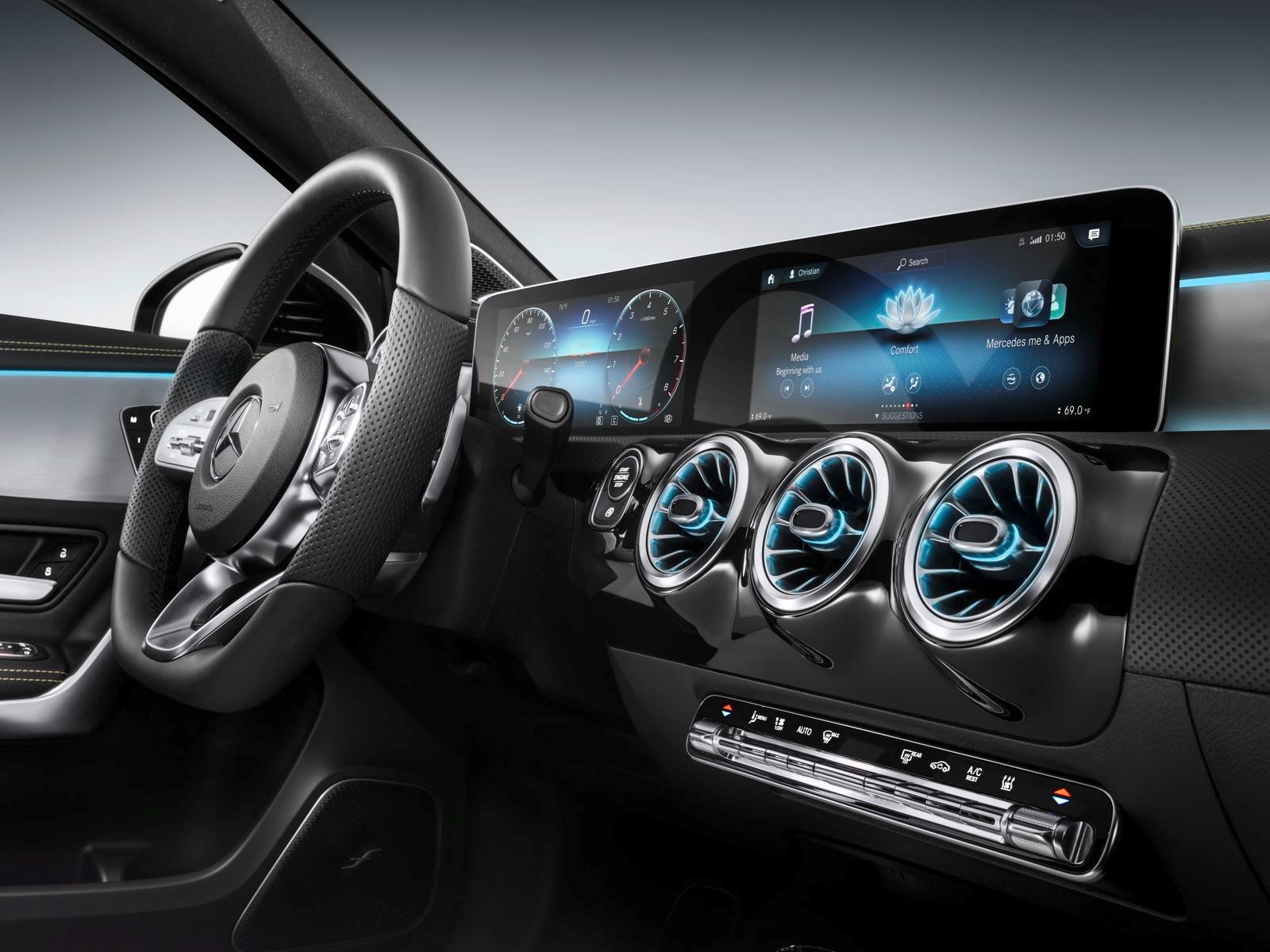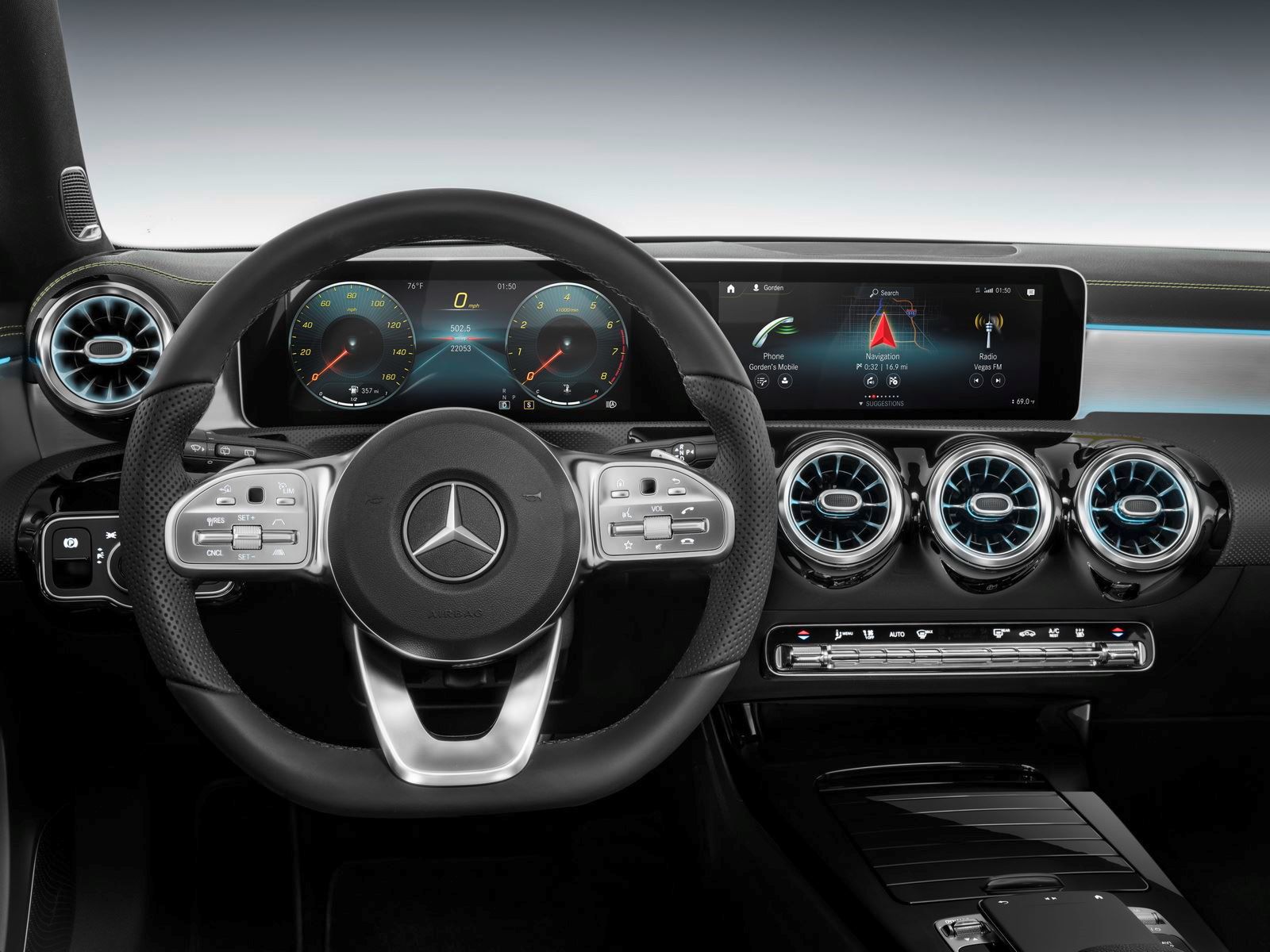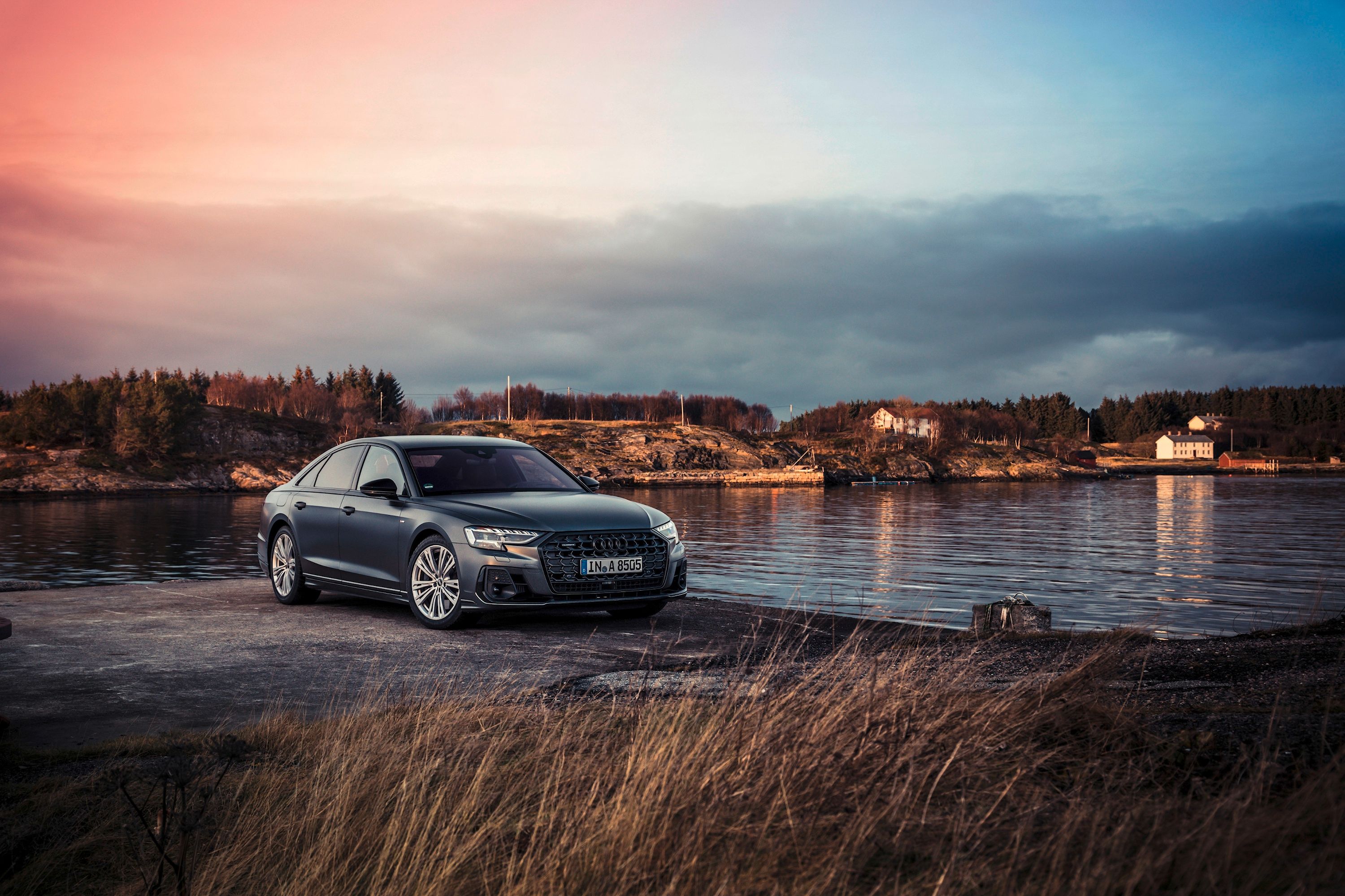
While most cars on the road today still have traditional gauge clusters, newer models often feature digital screens replacing speedometers and dials. If you buy a brand-new BMW or Mercedes-Benz model, chances are are the display panel facing you was made by Japan Display, the world's largest supplier of on-board digital panels. Replacing instrument clusters with screens is challenging since they need to be more reliable and withstand swings in temperature, while providing critical information for the driver.
That also makes them more expensive allowing display suppliers to demand higher margins. However, Japan Display believes the shift to EVs will make screens the key selling point for a car since drivers will start to pay more more attention to the appearance of the cabin instead of what's under the hood. "It used to be all about the engine – how many cylinders, how much horsepower, the sound of it – but with electric vehicles that's all gone," Japan Displays boss Holder Gerkens said in an interview with Automotive News. "How do you create attraction? You can do a lot with displays." For now, these screens are mostly reserved for high-end cars made by BMW, Audi, and Mercedes-Benz.
Looking ahead, Gerkens said JDI, which already supplies about 30 percent of the European car market, is expanding in the US, Japan and China, Gerkens said. Last year, the company controlled 19 percent of the $6.7 billion global market for automotive displays. LG Display came behind them with 14 percent. In the future, OLED screens will be the next big step in display technology, but it will probably take a long time for cars to adopt the technology. OLEDs have a limited lifetime and cost considerably more, despite being thinner and more efficient than LCDs. "We are moving away from flat rectangular shaped displays," Gerkens concluded. "The future will be more and more design driven."

